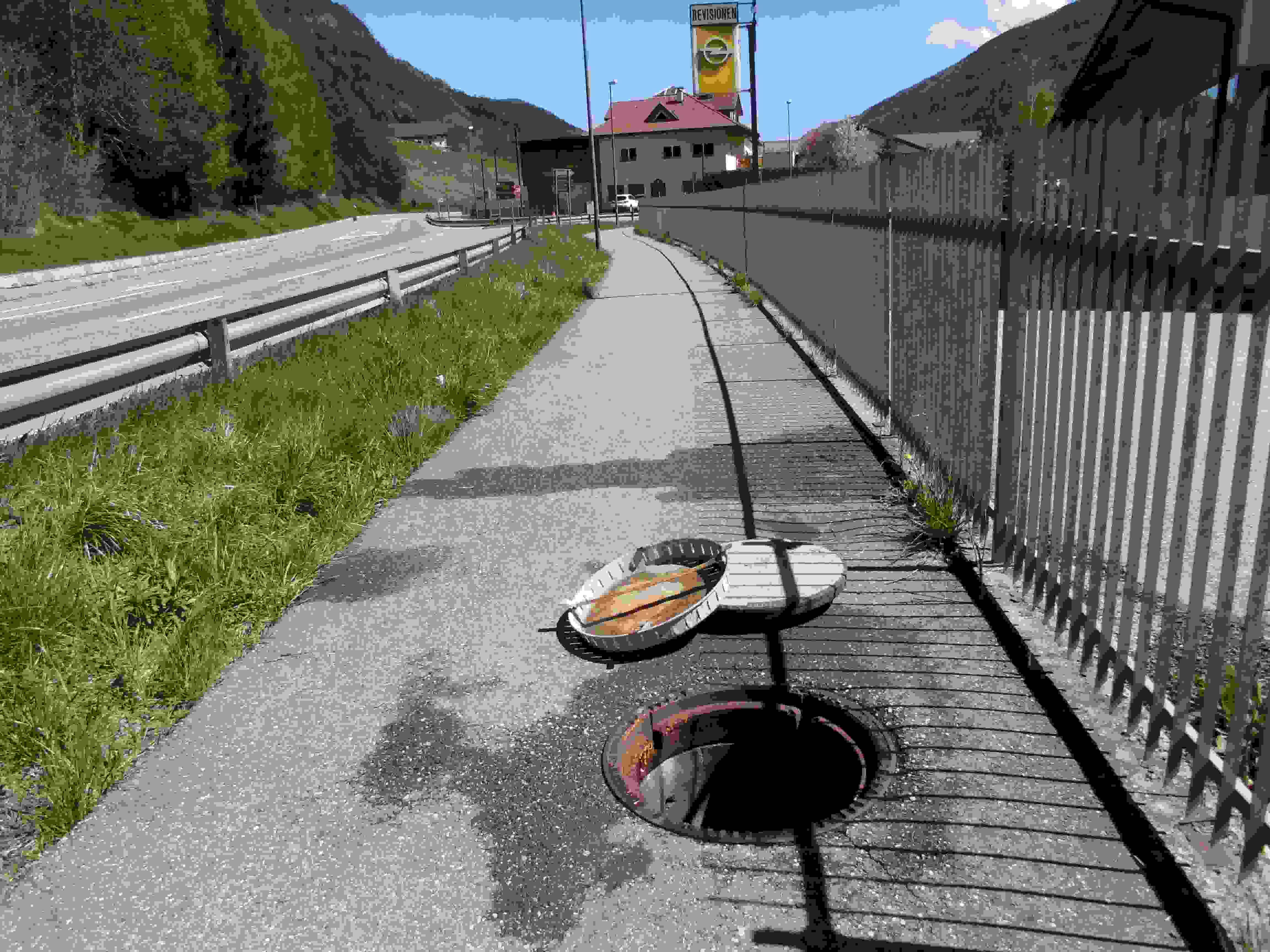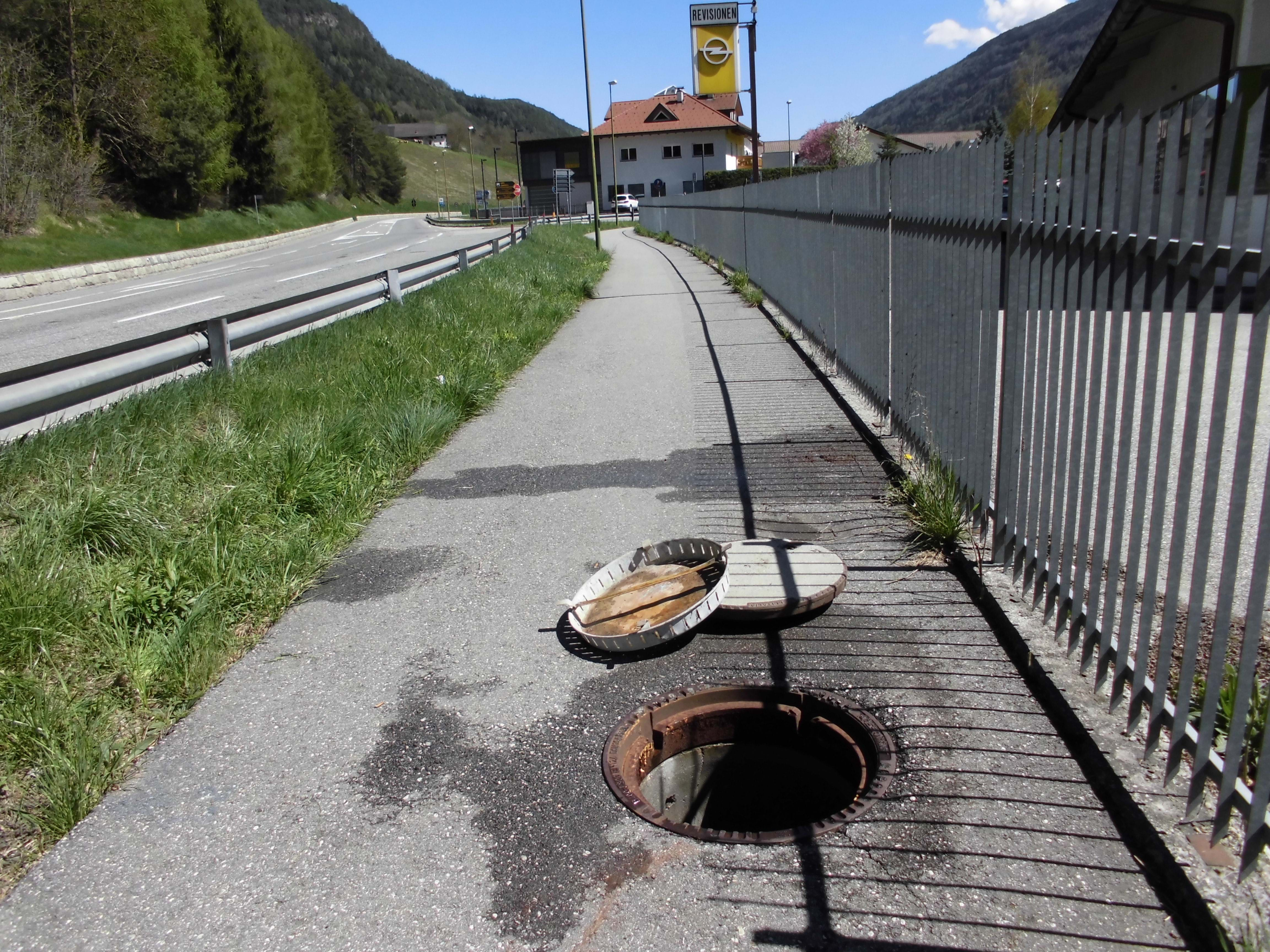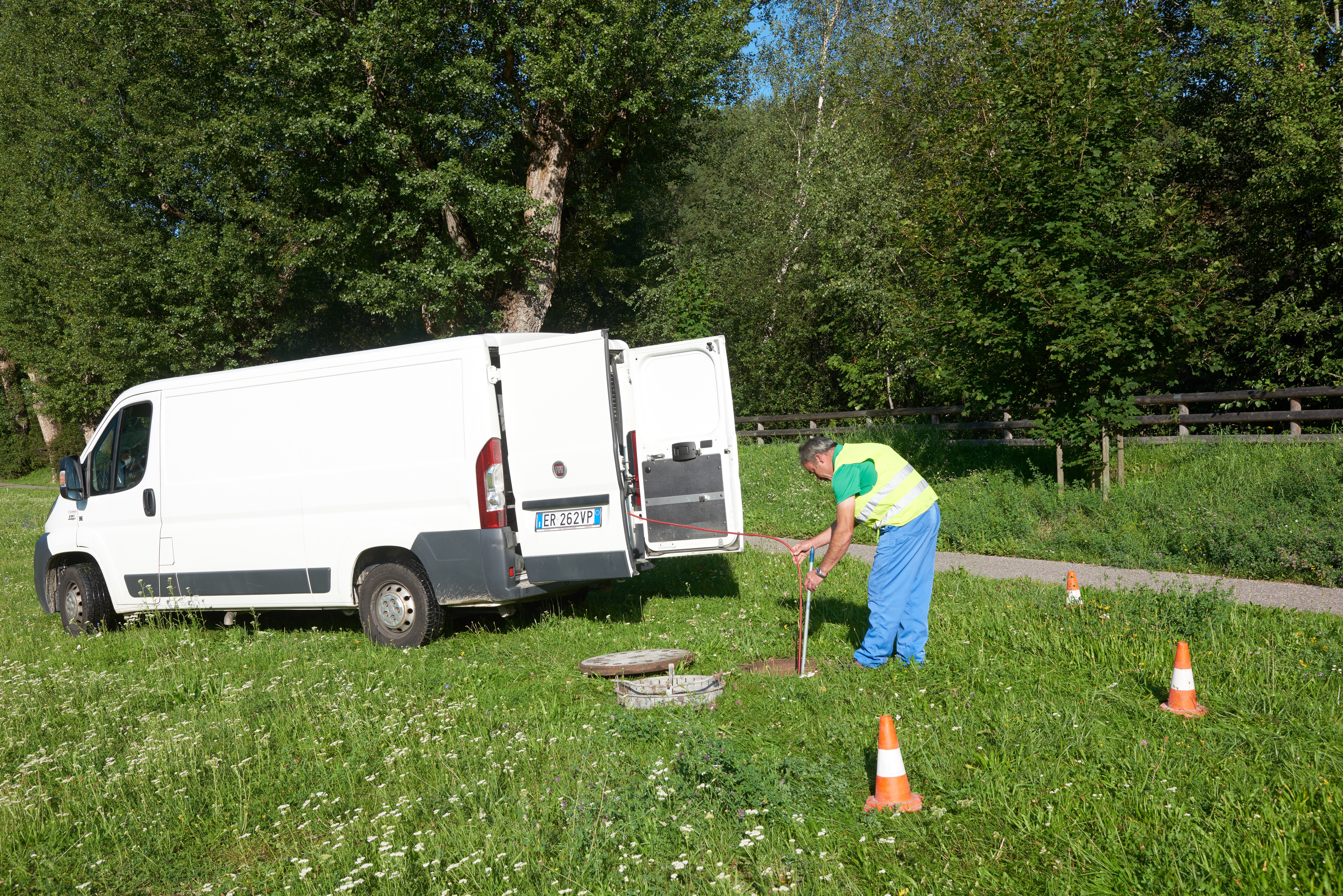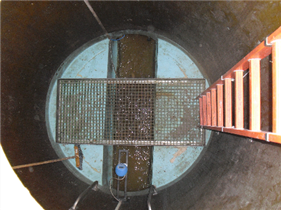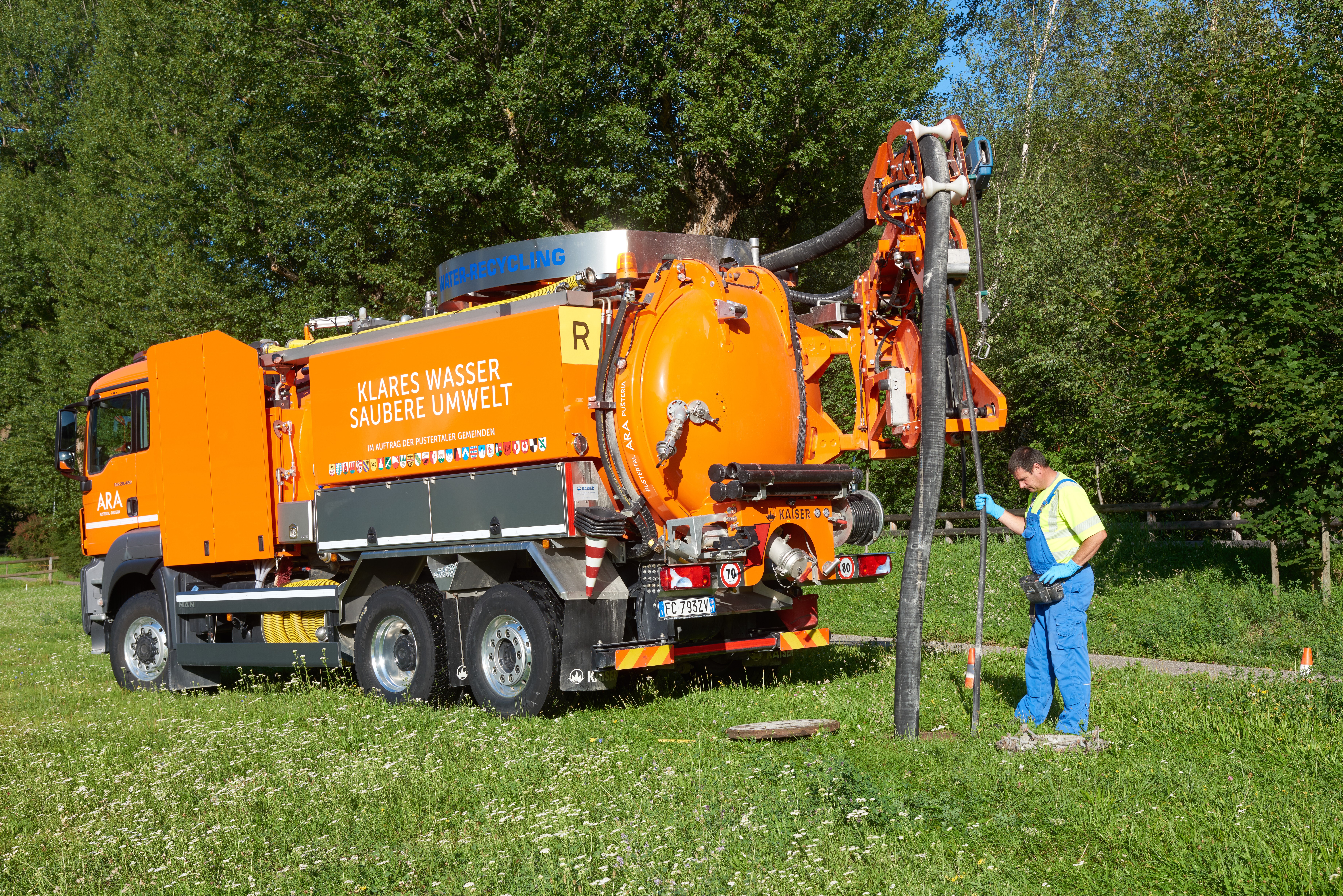Sewer service
ARA Pustertal AG operates the five wastewater treatment plants of the optimal catchment area OG 4 and the associated main collector owned by the wastewater consortium Pustertal. The management contract covers all costs and services incurred including ordinary and extraordinary maintenance and repair work for the duration of the contractually agreed operating years. The planning and execution of the work for the construction of the various main collectors were subdivided into different construction lots and carried out by the respective wastewater associations or municipalities. The collection and discharge of waste water from the 28 connected municipalities, with a total area of 2.168 km², is carried out via a sewerage network with a total length of 132 km. Drainage is carried out both in a mixing system and in a separation system. The sewer network consists entirely of gravity pipes.
